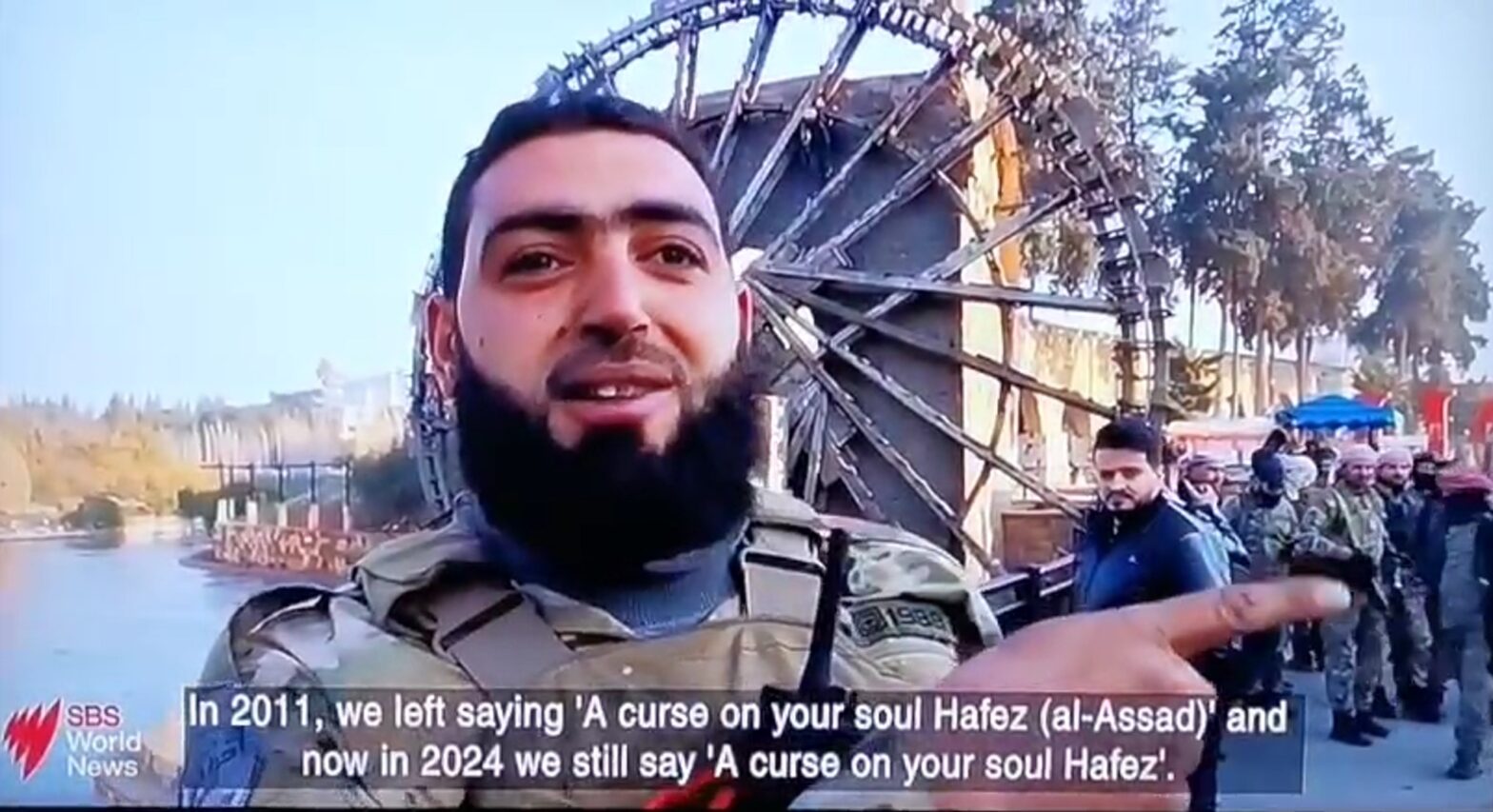On a visit to Syria in May 2010, one of the things that made the greatest impression on me was the sound of Hama's ancient waterwheels. That is saying a lot, given it was after a visit to Palmyra - but there lies a connection, as these enormous wheels are actually Roman water pumps, lifting water out of the Orontes river and into aqueducts leading to irrigated fields in the river valley. While nowadays the river banks are lined with relatively modern old diesel pumps, the wooden waterwheels or 'Norias' go on turning and lifting water as long as the river is flowing - as it was in May 2010 - though it only passes over artificial waterfalls and back into the river. Their origins were lost in time, but verified when Roman mosaics were discovered showing similar structures, and of course the Romans were renowned for their systems of water distribution and management. Not far north of Hama is the Roman city of Apamea, cited on a ridge above the fertile Orontes valley. While not as impressive as Palmyra, Apamea still has substantial rows of columns spread out along the ridge. At the time of our visit to Syria, the so-called 'Arab Spring' was only in the planning stage. Like the current Salafist-Zionist invasion, its Syrian victims had little inkling of the Western powers' plans for their society - plans that nevertheless now seem quite evident. While some Syrians were unhappy with the Assad government, most supported its generally anti-Western, anti-Israel position, and were suspicious of foreign intentions. President Assad was not a Western puppet like leaders of Egypt and Jordan,Tunisia and Gulf states, where popular uprisings and protest movements were genuine. In order to get the people to rise up, or appear to rise up, it was necessary to deceive them in some way. But it was also necessary to deceive the Western public, whose support for the intended wars was necessary, but could only be justified on a fraudulent basis; the idea that the Syrian people were repressed by a dictator for whom 'democracy' was a mortal threat was the West's chosen ruse, so a 'violent crackdown on a peaceful protest' had to be staged. Dera'a on the Jordanian border was chosen as the flash point, where 'agents provocateurs' fired at protestors in a rally in mid-March 2011, which itself was a 'put-up job' based on false allegations about ill treatment of school children. Several months went by before the 'Syrian revolution' gained steam, as the Western powers focused their efforts on destabilising Libya and dealing with Egypt. But it seems now that Syria was always THE target, with the long history of the Muslim Brotherhood there indicating foreign interests. And in mid-July, the US and French ambassadors in Damascus both went to Hama to 'support' - incite - the protest movement there. This article from the Centre for American Progress nicely explains what happened and the background to it in Hama - though of course it does so from a different perspective. As that commentary and others also note, the foreign interference and support for the 'revolution' - and armed insurgency against the Syrian government - drew a strong reaction in Damascus from Syrians, which soon led to the ejection or withdrawal of the US ambassador. Significantly the US embassy had only been re-opened in Damascus the previous autumn - and clearly with the express intention of providing a surveillance base in advance of the 'Arab Spring protests'. We will hear endless repeats of the lies told back in 1982 and since about Hafez al Assad's 'brutal crackdown' on the 'uprising' in Hama, which was first reported by renowned journalist Robert Fisk, and portrayed as a violent sectarian attack on Sunni muslims without any background. That background - briefly - was several years of insurgent attacks on government military officials - assassinations and bombings - by members of the Muslim Brotherhood whose centre of operations was in Hama. The Hafez government opted finally for a decisive blow by bombing and shelling the old city, killing or expelling all the leaders and followers of the Brotherhood. The number killed is unknown, but likely less than the 20,000 originally claimed. Some 'experts' are now comparing the deaths to those killed by Israel in Gaza - a grotesque and perverted comparison by any account. France's involvement in 1982, at the height of the civil war in Beirut, was demonstrated through the leaders' flight and asylum in Paris, and it was no surprise that in 2011 leading members of the "Syrian National Committee" were those expelled from Hama 30 years earlier. There is much more to say on this, and the fate of Syria again hangs in the balance, but I'm publishing now this short history for the videos I took in 2010. The first is mostly for the soundtrack, while the second includes the call to prayer - significantly coming from the new mosque built on the remains of the old city.
Finally is a short extract from a report on SBS World news, starting with CNN's interview with Terrorist-in-chief Mohammed al Jolani, and illustrating the insurgents' entry into Hama on December 6th.
DM 8th December 2024
